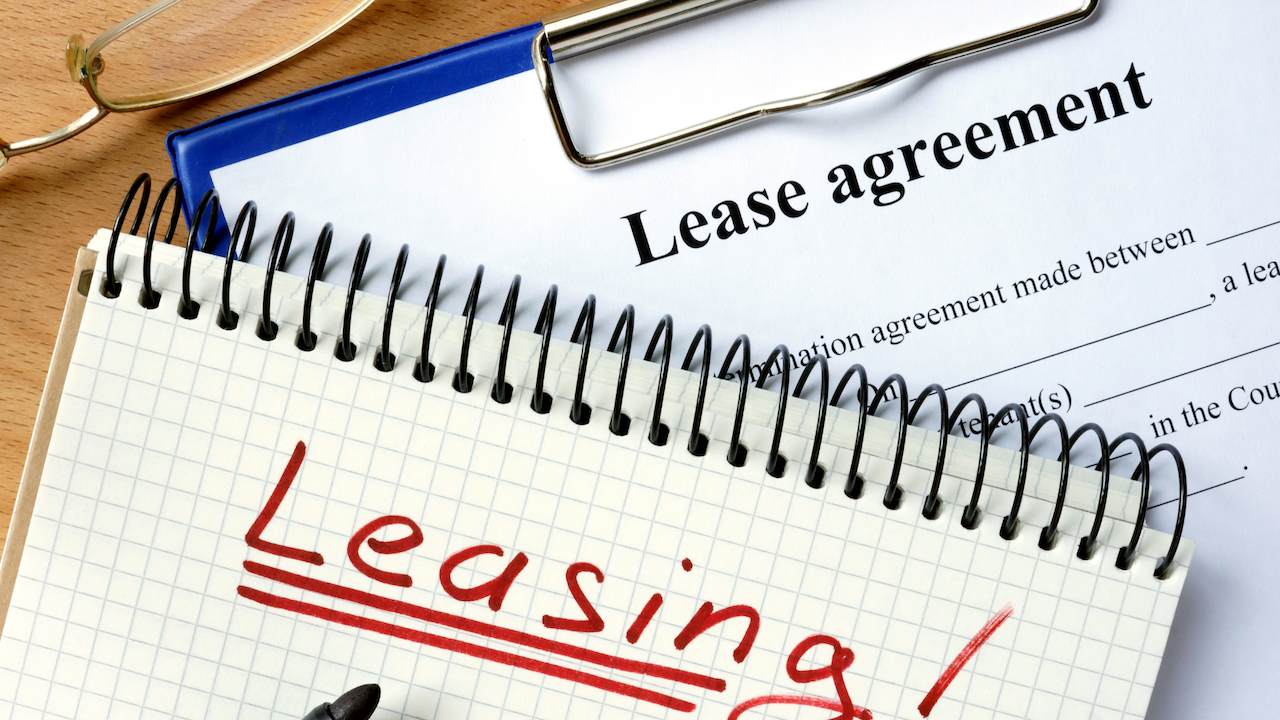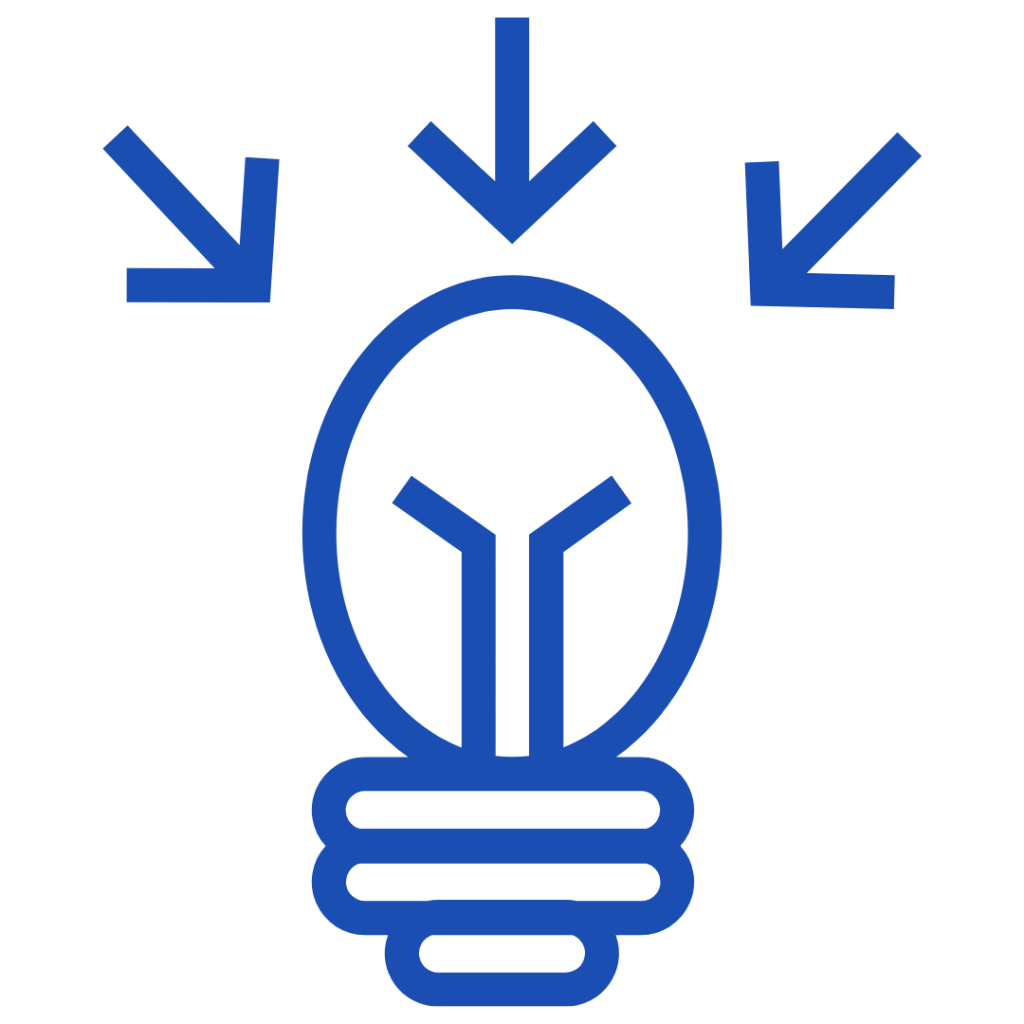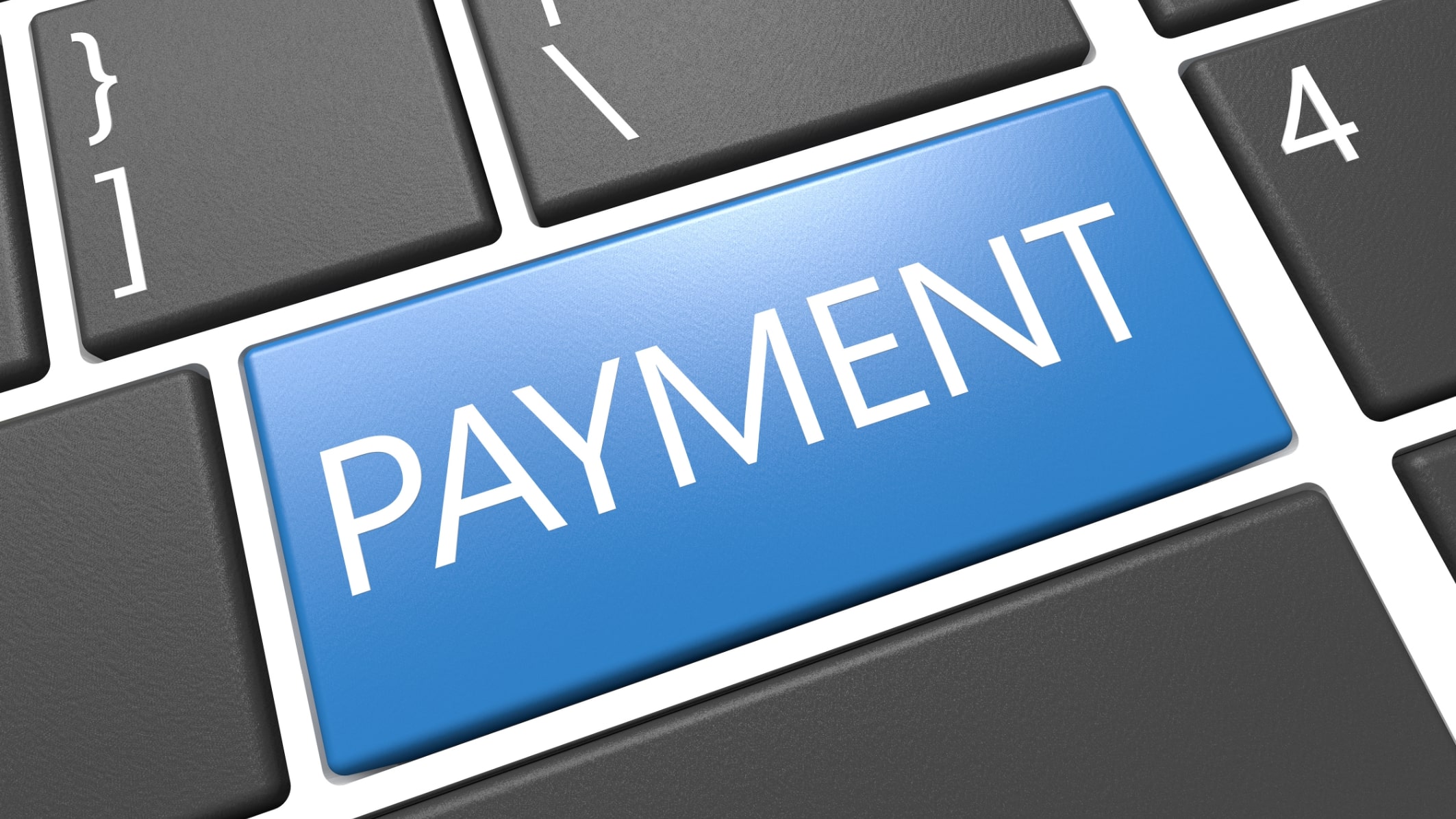Image source: Canva.com
As more homeowners explore solar energy solutions, solar leases and power purchase agreements (PPAs) have emerged as popular alternatives to outright ownership. These third-party ownership models provide a low-maintenance, affordable path to adopting solar power, but they also come with trade-offs that may impact your long-term savings. Understanding the differences between solar leases and PPAs is essential to making the best choice for your energy needs and financial goals.

Understanding Solar Leases: Everything You Need to Know
What Are Solar Leases and PPAs?
Both solar leases and PPAs allow homeowners to install solar panels on their property with little or no upfront costs. A third-party company owns and maintains the system, removing the responsibilities of ownership, such as maintenance and repairs. In exchange, homeowners pay for the energy produced or for the right to use the system. Here’s how they differ:
- Solar Lease: You pay a fixed monthly fee to use the solar energy system, regardless of how much electricity it generates.
- PPA: You pay for the actual energy produced by the solar panels, typically charged per kilowatt-hour (kWh).

Everything You Need to Know About PPAs
Benefits of Solar Leases and PPAs

Low Upfront Costs
One of the most attractive features of solar leases and PPAs is the lack of substantial upfront costs. Unlike purchasing a solar system outright or financing it with a loan, these models allow you to access solar energy without significant financial strain.

Minimal Maintenance Responsibilities
The third-party company retains ownership of the system, meaning they are responsible for repairs, maintenance, and performance monitoring. This hands-off approach is ideal for homeowners who want to avoid the complexities of system management.

Immediate Savings on Utility Bills
By switching to solar through a lease or PPA, you can start saving on electricity costs immediately. These savings are often noticeable when compared to traditional utility rates.
Potential Drawbacks

Limited Long-Term Savings
While leases and PPAs reduce upfront costs, they may not offer the same long-term financial benefits as owning a solar system. Homeowners who purchase their systems outright or with a solar loan typically experience greater savings over the system’s lifetime.

Lack of Ownership Benefits
Since you don’t own the solar panels, you won’t benefit from incentives like federal tax credits or state rebates, which are only available to system owners.

Billing Complexity
With a lease, you pay a fixed monthly fee, which might not always correlate with your energy use. With a PPA, your costs depend on how much energy the system generates, which can vary based on factors like weather and seasonal changes.
Comparing Solar Leases and PPAs
| Feature | Solar Lease | PPA |
|---|---|---|
| Payment Structure | Fixed monthly fee | Per kWh of energy generated |
| Upfront Cost | Minimal to none | Minimal to none |
| Maintenance | Handled by the provider | Handled by the provider |
| Savings Potential | Moderate | Moderate, varies with energy production |
| Ownership Benefits | None | None |
Key Considerations When Choosing
- Financial Goals: If you’re looking for the highest long-term savings, purchasing a solar system outright or with a loan may be more beneficial. However, if you’re focused on minimizing upfront costs and avoiding maintenance responsibilities, a lease or PPA might be ideal.
- Energy Usage: Evaluate your energy consumption patterns. PPAs are more suited for those who want costs tied directly to energy production, while leases are better for those who prefer predictable monthly payments.
- Length of Stay: Consider how long you plan to stay in your home. Transferring a solar lease or PPA to a new homeowner can complicate the home-selling process.
- Local Incentives: Research local incentives and regulations. In some areas, the financial benefits of owning a solar system might outweigh the convenience of third-party ownership.

Final Thoughts
Solar leases and PPAs offer an accessible way to harness solar energy without the upfront financial burden of ownership. However, they come with trade-offs that could limit your long-term savings and financial benefits. By understanding the differences between these options and evaluating your energy needs, you can make an informed decision that aligns with your goals. Whether you choose a lease, a PPA, or outright ownership, the shift to solar energy is a positive step toward reducing your environmental impact and saving on utility costs.
Disclaimer
The information provided here is for informational purposes only and should not be considered as financial or legal advice. Decisions regarding solar leases, PPAs, or solar loans should be made after consulting with a qualified financial advisor or solar energy professional who can assess your individual circumstances and goals. While efforts have been made to ensure the accuracy of the information presented, individual financial outcomes may vary based on factors such as location, solar system specifics, tax laws, and local incentives. Always conduct thorough research and consider all available options before making a decision.





